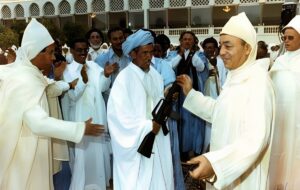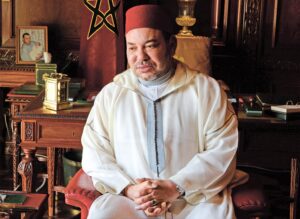On the 26th anniversary of Throne Day, a digital reading of Morocco's reality over a quarter century.
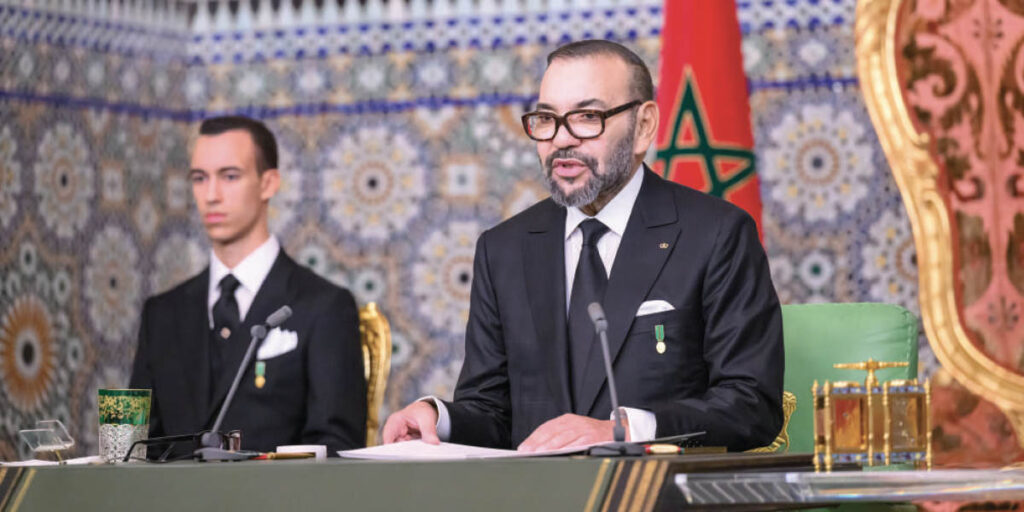
As Moroccans, from Tangier to Lagouira and abroad, celebrate the 26th anniversary of His Majesty King Mohammed VI's accession to the throne of his ancestors, observers and media professionals are beginning to review the significance of the event and recall the monarch's most notable achievements in the political, economic, social, cultural, and sporting fields. For our part, we have chosen to expand the scope of our review by attempting to draw a numerical comparison of the situation in Morocco over the past quarter century. We have compared the situation when His Majesty the King assumed power at the end of the last century, specifically in 1999 (or the closest available statistic), and how it has evolved in 2024 (figures for 2025 will not be available until the beginning of next year), that is, a full quarter century later. Because monitoring indicators are difficult to enumerate, we have decided to address the most prominent of these, which are usually used to measure the extent to which human development goals have been achieved, the strength of the economic situation, and its most significant impact on people's lives. We have also highlighted the most prominent figures related to cultural and sporting life, which indicate the extent of prosperity enjoyed by Morocco.
This numerical review does not neglect qualitative indicators related to Morocco's regional, continental, and international standing; the profound structural changes that have affected political life; and the tremendous leap forward in ensuring security for Moroccan citizens by fortifying the nation internally and externally. This is not to mention the tremendous progress made by Morocco in securing its territorial integrity; not to mention the constitutionalization of the Amazigh language; the revision of the Family Code twice; and other indicators related to quality, not quantity. We should also not overlook the fact that these figures represent averages, which should not distract us from the fact that there are differences in each figure between the reality in urban and rural areas. Despite everyone's acknowledgment of significant progress in both areas, albeit to varying degrees, this is expected, and the Moroccan authorities, with diligent royal monitoring, are working to change this to bridge the gap between the two realms.
Political life:
During the reign of King Mohammed VI, the issue of political detention was closed, an advanced democratic constitution was adopted, and elections were held regularly and their results respected by all parties—a rare and unique case, at least in the Arab world. These elections brought to power representatives of various political persuasions, from socialists to liberals and Islamists. This granted Morocco political stability, which increased its economic attractiveness to foreign investors, a stability unique in all of North Africa. Returning to the national issue, and adhering to the method of numerical comparisons, it suffices to know that the number of countries that recognized the Polisario mercenaries and the fictitious "Tindouf Republic" was approximately 76 in 1999. It has now dwindled to approximately 28, including 17 countries whose recognition is considered formal and cold, maintaining friendly relations with Morocco and proceeding with the process of withdrawing their recognition from Algeria's "protégé." This means that Morocco has succeeded in urging nearly 40 countries to rectify their positions, while the royal approach, particularly in Africa, has contributed to reducing the actual number by approximately 65 countries!
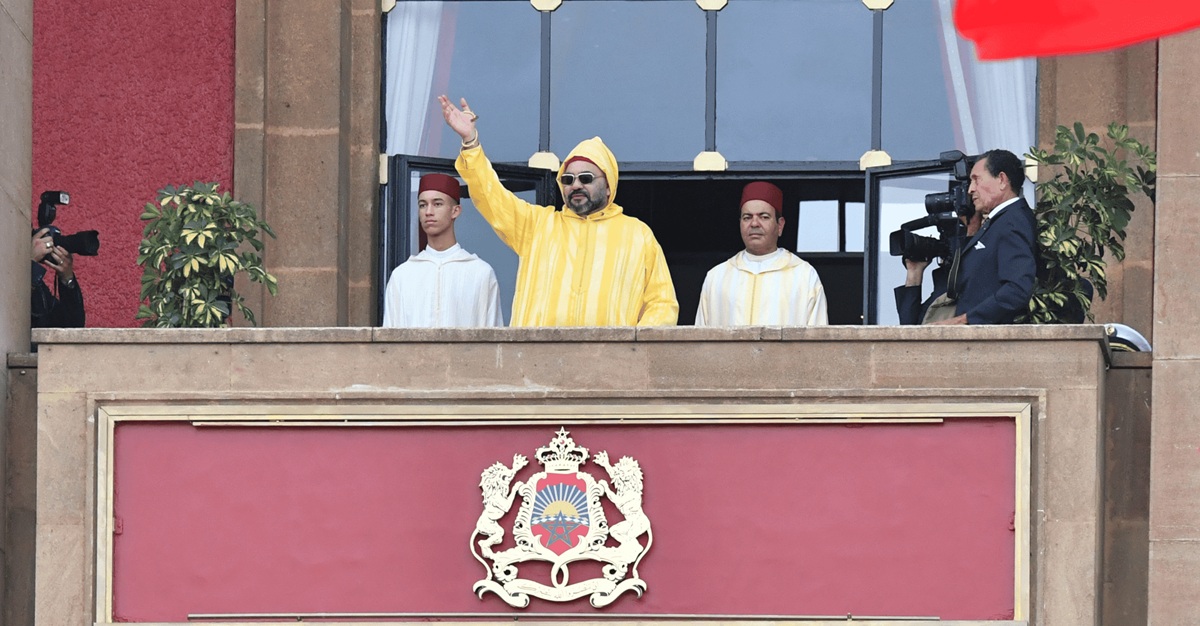
Demographic indicators:
These are useful data to provide a basis for figures related to the economic, social, and cultural fields. Morocco's population in 1999 was approximately 28.7 million, and last year it reached 37.8 (+31.71 TP3T). Life expectancy for Moroccans has increased from approximately 67 years to 77 years, due to improved health conditions. The urban population (vs. rural population) was approximately 531 TP3T in 1999 and is now approximately 651 TP3T (+21.91 TP3T). Conversely, the fertility rate has declined from 3.3 children per woman to 2.3 children.
Economic life:
This area is perhaps the most prominent from a numerical perspective, due to its measurability and the immediate clarity of its impact, as it is commonly said that numbers “don’t lie.” We will suffice with quickly and briefly providing the most prominent examples, leaving readers the opportunity to contemplate these numbers to grasp the magnitude of the achievement made during the reign of King Mohammed VI. We begin with the Gross Domestic Product (GDP), which was $42 billion in 1999, rising to $154.4 billion by the end of last year, representing an increase of 2701%. The Moroccan per capita share of this GDP was estimated at approximately $1,500 annually in 1999, rising to approximately $3,800 last year (+1531%). Unemployment, meanwhile, improved from approximately $221% to approximately $131%. As for exports, they increased from approximately $7.3 billion in 1999 to nearly $50 billion in 2024, an increase of 574%!! As for the Bank of Morocco's foreign currency reserves, they increased from $4.5 billion in 1999 (covering 3.5 months of imports) to approximately 36.2 billion (covering approximately 7 months of imports). This change of more than +704% was achieved through the aforementioned increase in exports; an increase in remittances from migrants from $1.8 billion in 1999 to approximately $11.2 billion last year (+522%); an increase in foreign investment as an annual average from $0.4 billion in 1999 to $12 billion in 2024; and finally, an increase in tourism revenues from $2 billion in 1999 to more than $11 billion last year.
Moving on to sector-wise figures, we will suffice with a few examples. Raw phosphate production increased from 19 million tons in 1999 to 38.1 million tons in 2024 (a doubling), with exports worth $1.2 billion in 1999, before exports in this vital sector reached $10.3 billion in 2023 (declining to $8.7 billion last year). In both cases, this represents a massive increase. As for the agricultural sector, its production in 1999 amounted to $6.5 billion, of which about $1 billion was exported, compared to a production exceeding $13.5 billion and exports worth $4.2 billion in 2024. Not far from this, marine fisheries products exceeded 590,000 tons in 1999, of which $400 million was exported, while last year production exceeded 1.46 million tons and exports $2.6 billion (+550%). This is due to the fleet increasing from 3,000 vessels to nearly 17,000 vessels between the two years mentioned (+463%). Finally, we conclude with the tourism sector, where the number of tourists jumped from 4.2 million, bringing in $1.6 billion to the country in 1999, to a total of 17.4 million, bringing in revenues worth $11.2 billion by the end of last year.
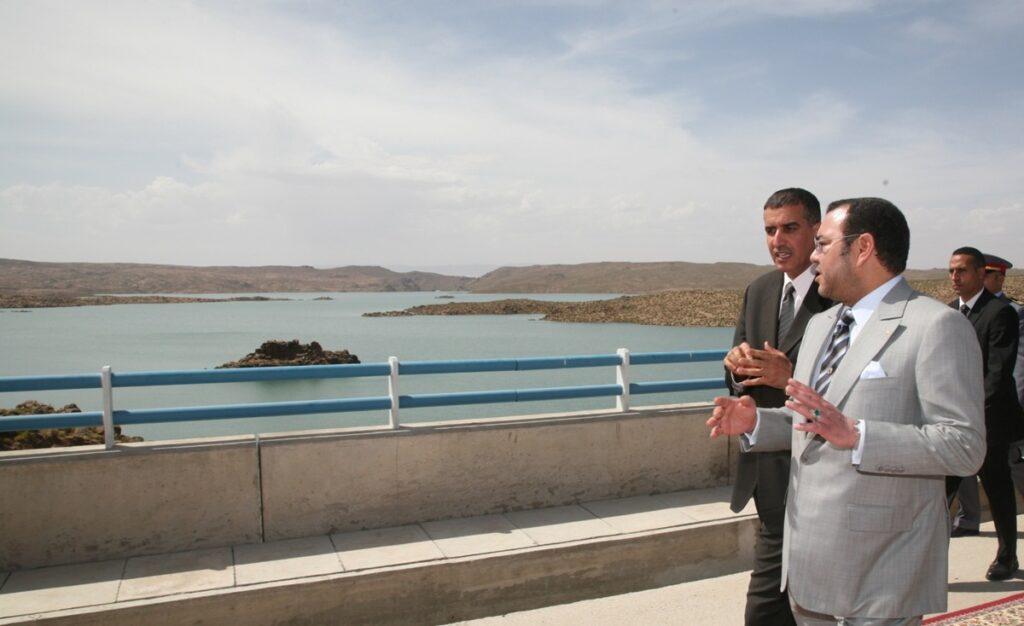
We conclude by taking a look at the development of the infrastructure that paved the way for all of the above figures. Let's start where we left off, with tourism, where the number of classified hotel rooms increased from 80,000 in 1999 to 220,000 last year, and the number of tourist resorts increased between the two years mentioned, from 12 to 42. As for renewable energy (solar and wind), after being almost non-existent in 1999, it now provides Morocco with more than 4,500 megawatts. As for the number of large dams in Morocco, King Mohammed VI continued the approach of his late father, King Hassan II, which increased the number from 90 large dams in 1999 to 152 large dams in 2024 (at a construction rate of 2.5 large dams per year), which increased the storage capacity of these dams from 14 billion cubic meters of water in 1999 to nearly 20 billion cubic meters in 2024. Regarding the transportation sector, during the reign of King Mohammed VI, the highway network increased from nearly 100 km in 1999 to more than 1,900 km last year, an increase of +18,00%!! As for the railway network, it increased from 1,900 km to 2,300 km between the two mentioned years, with current projects being programmed that will double the area covered by this network by the end of the decade; This is not to mention Morocco's unique development on the continental level, represented by the high-speed train, which currently connects the cities of Tangier and Casablanca, and is expected to reach Marrakech and Agadir before 2030. We conclude with the port infrastructure, whose capacity increased from 515,000 containers in 1999 to 10.1 million containers last year, thanks to the giant Tangier Med port. Projects in the ports of Nador, the new Casablanca, Laayoune, and Dakhla (not to mention Kenitra and others) are expected to contribute to adding more than 9 million containers to the port capacity.
Social fields:
Here, we will suffice with a quick overview of the most important figures related to health and education. The number of public school places increased from 5.2 million in 1999 to 8.9 million last year, due to the increase in the number of educational institutions from 8,000 in 1999 to 12,500 last year. Regarding illiteracy among those over the age of 15, it increased from 541% to 29.6%; this coincided with an increase in the primary school enrollment rate from 621% to 95.4%. Regarding university education, the number of universities increased from 14 in 1999 to 26 last year. During the same period, the number of public hospitals increased from 120 hospitals with a capacity of 20,000 beds to 153 hospitals with a capacity of 42,000 beds. During the same period, the number of doctors increased from 12,000 to 32,500; The under-five mortality rate decreased from 60 children per 1,000 to 16.8 children per 100 children, and health coverage increased from 20% of the population to 75%. However, despite these positive figures, they do not obscure the problems and challenges facing both sectors. Many of these rates remain below global averages, and 70% of doctors are concentrated in cities, and 80% of primary school students are not proficient in mathematics. These are obstacles that solutions have been programmed to overcome before the end of 2030.
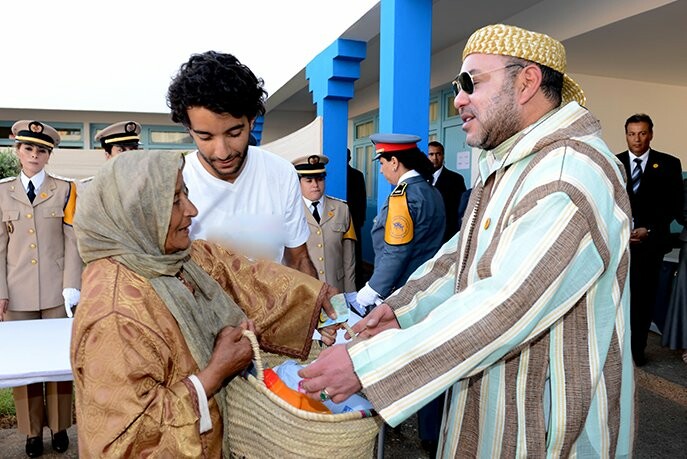
As for the area of greatest concern here, namely poverty, it suffices to mention the 2023 United Nations Development Programme report to understand the extent of the effort exerted: “Morocco has achieved a silent social revolution, but the road to achieving spatial justice is long.” The number of poor people (those living on less than $1.60/day) increased from 22.81% of the population in 1999 to 2.81% in 2024 (those living on less than $5.50/day). The number of Moroccans living on less than $1.90/day now does not exceed 0.41% of Moroccans. To elaborate, the urban poverty rate is 1.21%, while its rural counterpart is 4.81%. This rate (2.81% of the population) is the lowest in North Africa, compared to Tunisia (3.21% of the population), Egypt (4.51% of the population), and Algeria (5.11% of the population)! This improvement is due to a number of factors, including: the health coverage program, which has benefited 8.5 million poor people; the increase in rural electrification from 671 to 1,001 million people; facilitating access to markets by increasing the length of paved roads from 20,000 to 60,000 kilometers; and others.
Culture and Entertainment:
Here, we will suffice with mentioning some numbers, as a sample of the development witnessed by these sectors. The number of official stadiums increased from 1,200 in 1999 to 3,800. Proximity (neighborhood) stadiums witnessed a greater boom (+740%), moving from 500 proximity stadiums to 4,200. Covered halls increased from 150 halls to 1,100 halls (+633%), and the number of public swimming pools increased from 80 to 320 during the mentioned period. In the cultural sector, for example, the capacity of youth centers increased from 12,000 beds to 38,000 beds, the number of public libraries increased from 400 to 1,250, and the number of museums increased from 25 to 86, between 1999 and 2024.
Recounting these figures is not intended in any way to promote the "theoretical victories" achieved by successive governments, but rather to demonstrate the extent of His Majesty King Mohammed VI's concern for his subjects and his keenness to advance the work of various state agencies to achieve the best interests of his people, particularly in regions less fortunate in terms of wealth and development. Despite these overwhelmingly positive figures, Moroccan officials, following the example of their role model, King Mohammed VI, do not hesitate to monitor, acknowledge—without arrogance—and develop plans to address all shortcomings and shortcomings in the sectors they oversee. This is especially true given Morocco's limited resources (even if only temporarily) and the circumstantial difficulties that hinder some programs (the COVID-19 crisis and the war in Ukraine, for example).
The generations that grew up during the reign of King Mohammed VI, estimated at 16.7 million Moroccans (about 44% of the total population), need more than others to be informed about the situation of their country a quarter century ago, and the tremendous leaps it has achieved in various fields, which justify every Moroccan man and woman (unlike most residents of the neighboring and Arab region) to look to the future with optimism, in terms of their ability to repeat the miracles of the past quarter century, during the next quarter century, and to believe in their country’s ability to transform into an emerging economy, and a state with a continental and global weight that is taken into account, as has been the covenant of the noble kingdom throughout its long and honorable history.




